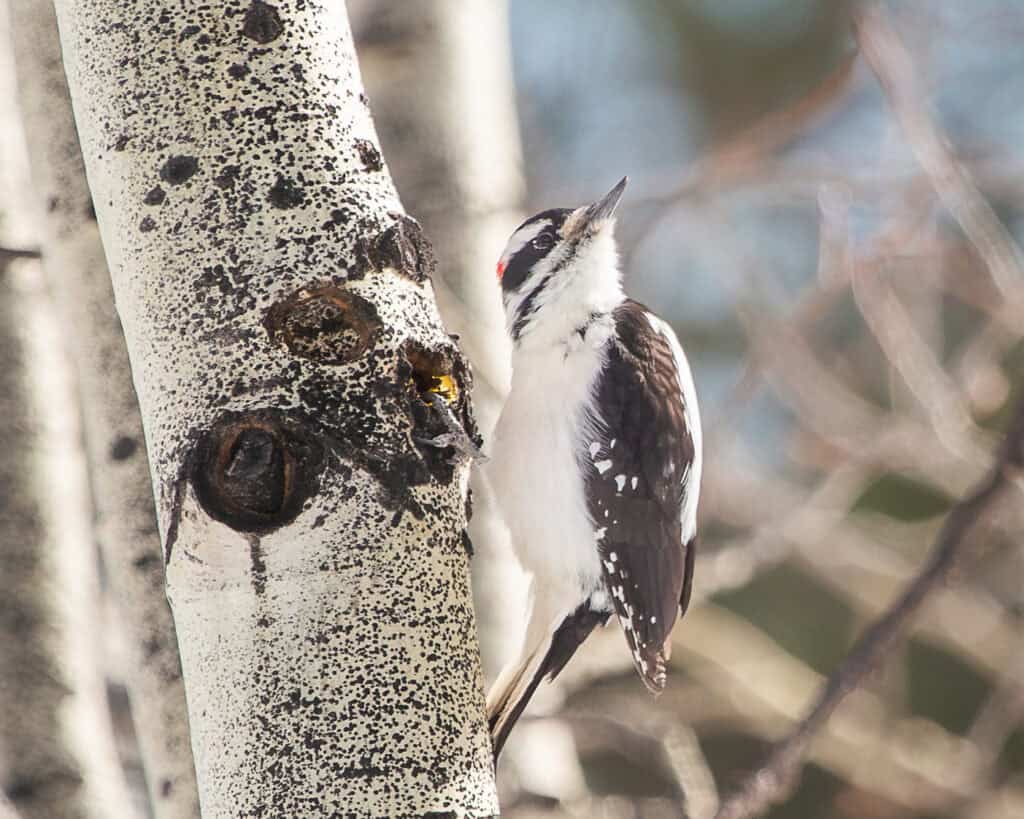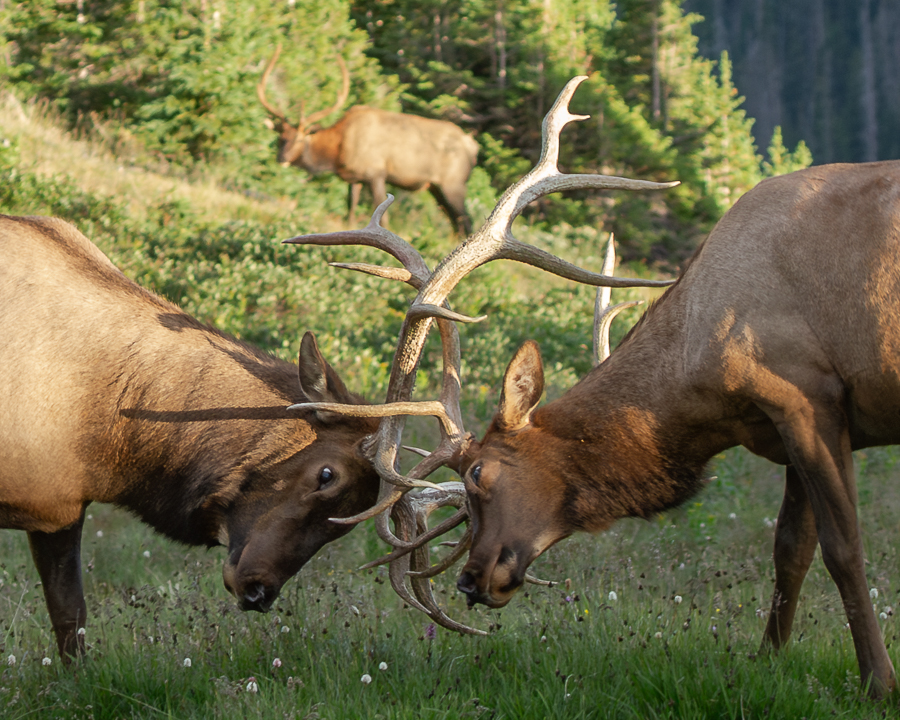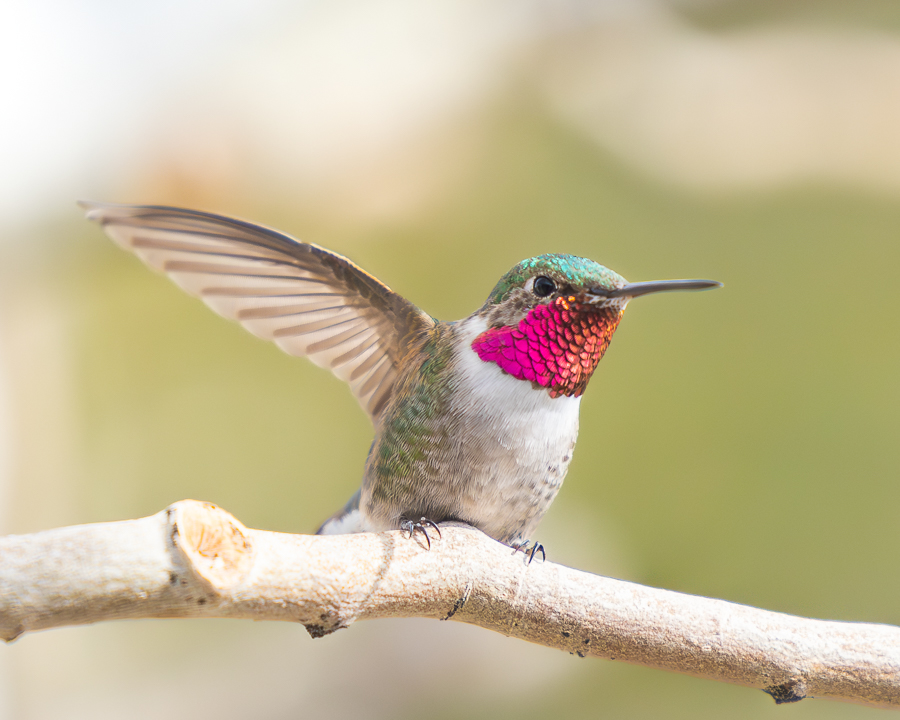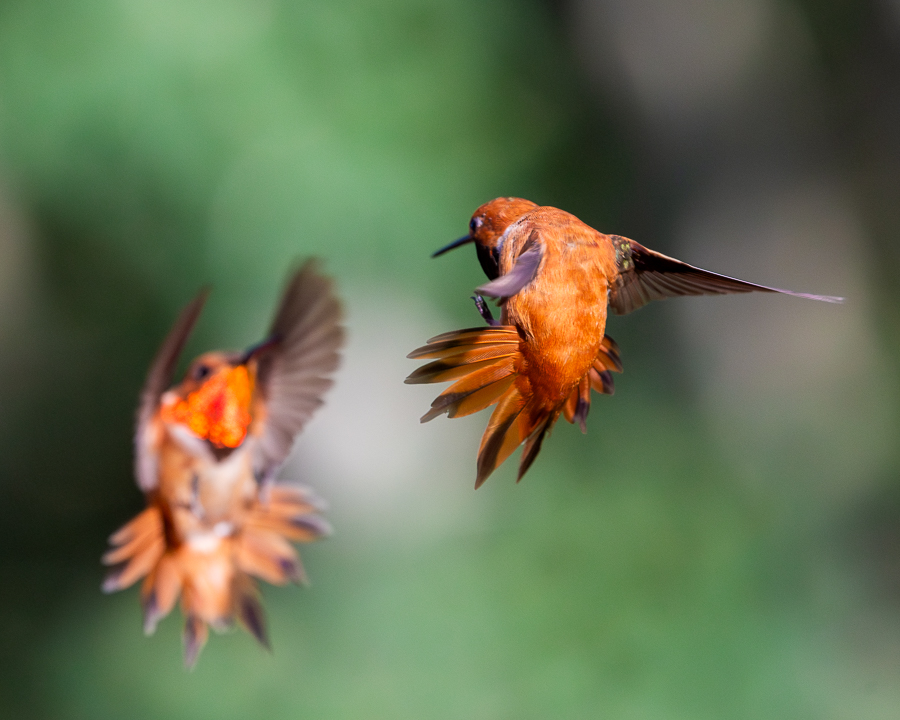The annual bird migration is well into full swing these days with upwards of millions of birds visible on nightly weather radar as they traverse the skies above. Each passing week brings more and more species to their summer homes. As we enjoy this amazing phenomenon, we are joined in our observations by one of the earliest arrivals to the area already well settled in, the tree swallow.
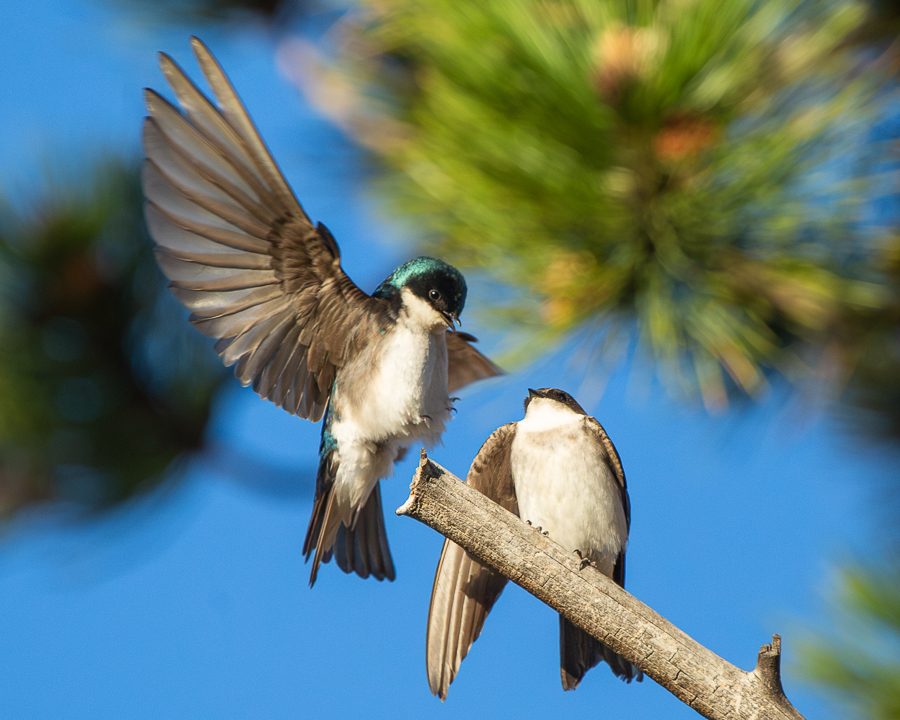
These little wonders begin to arrive in late March and April, typically resettling the same nesting area from which they were born. This early arrival allows them to the best selections in a highly competitive world of cavity dwelling birds. Considered a long-distance migrator, these birds winter in Central America as well as the coastlines of the southern US, and in the spring, head as far north as Central Alaska and the Yukon to breed.
Being a very social creature, tree swallows can migrate in flocks upwards of hundreds of thousands of birds. They fly during the day and descend on freshwater marshlands and open fields to roost for the night. This can be an amazing thing to witness, as the flock will circle a roosting area swirling in a massive black cloud, with more and more birds descending with each pass until the entire flock is nestled into the night’s resting place.
Once settled into the breeding grounds, hunting takes place all throughout the day, with the birds typically keeping to within 10-40 feet “off the deck”. Often livinging close to water, they are quite fun to watch as they skim just above the surface of a lake or pond, gobbling up their quarry as they fly. This technique provides some amazing displays of arial acrobatics as they swoop and dive after the bugs at great speeds. They also enjoy quick baths during these flights, dipping into the water as they fly and shaking off the excess before continuing their hunt.
As mentioned above, tree swallows are cavity dwellers, preferring holes in trees as well as nesting boxes as opposed to their close relatives of Barn and Cliff Swallows who build mud homes to nest in each year. Their chosen habitats are open space, whether it be grasslands and meadows or open lakes and ponds but often prefer near water. They will inhabit the edges of forests or fence-line nest boxes surrounding a meadow or lake, providing easy access to the hunting grounds.
While their diets consist mostly of insects and small worms, they will also consume vegetation and berries when their preferred foods are not prevalent. This gives tree swallows a slight advantage over other types of swallows who only eat insects. Also, when females are gestating, they have been observed foraging human compost piles and consuming eggshells. This culinary choice provides a calcium supplement that will aid in producing a stronger shell for their own offspring.
Courtship and breeding begin not too long after their arrival. The females typically do the nest building, using mostly grass but also incorporating pine needles, mosses, hair and other soft material (even man-made fibers). They will press the material into a small bowl with their bodies, then add a layer of feathers from other birds to help insulate the structure.
While the swallows tend to pair up for breeding, it is also common for the males to mate with another female nearby. This behavior will have the male attending both females throughout the nesting. While they may have the same mate from year to year, this is usually attributed to simply choosing the same nesting and courtship area as opposed to monogamous relationships like some other birds.
The courtship rituals tend to begin in May, and with a relatively short period from gestation to the end of nesting, they can sometimes produce two broods in a single summer. Females will lay 4-7 eggs, with incubation taking up to 3 weeks, and the nestling phase typically from 2-3 ½ weeks. After this, it’s typically just a small period of fledging before the babies are out of the nest and on their own.
I greatly enjoy evenings relaxing on a pond or lake shoreline with these little beauties. Being so very sociable, they will gather in the nearby trees or power lines, taking turns in large groups heading out over the waters for their dinner and baths, chattering away with the days gossip as the sun sinks into the western horizon. A fine end to mid-summer days in our little slice of mountain paradise, as by August they will begin their long journey southward.
Originally published in The Mountain-Ear

